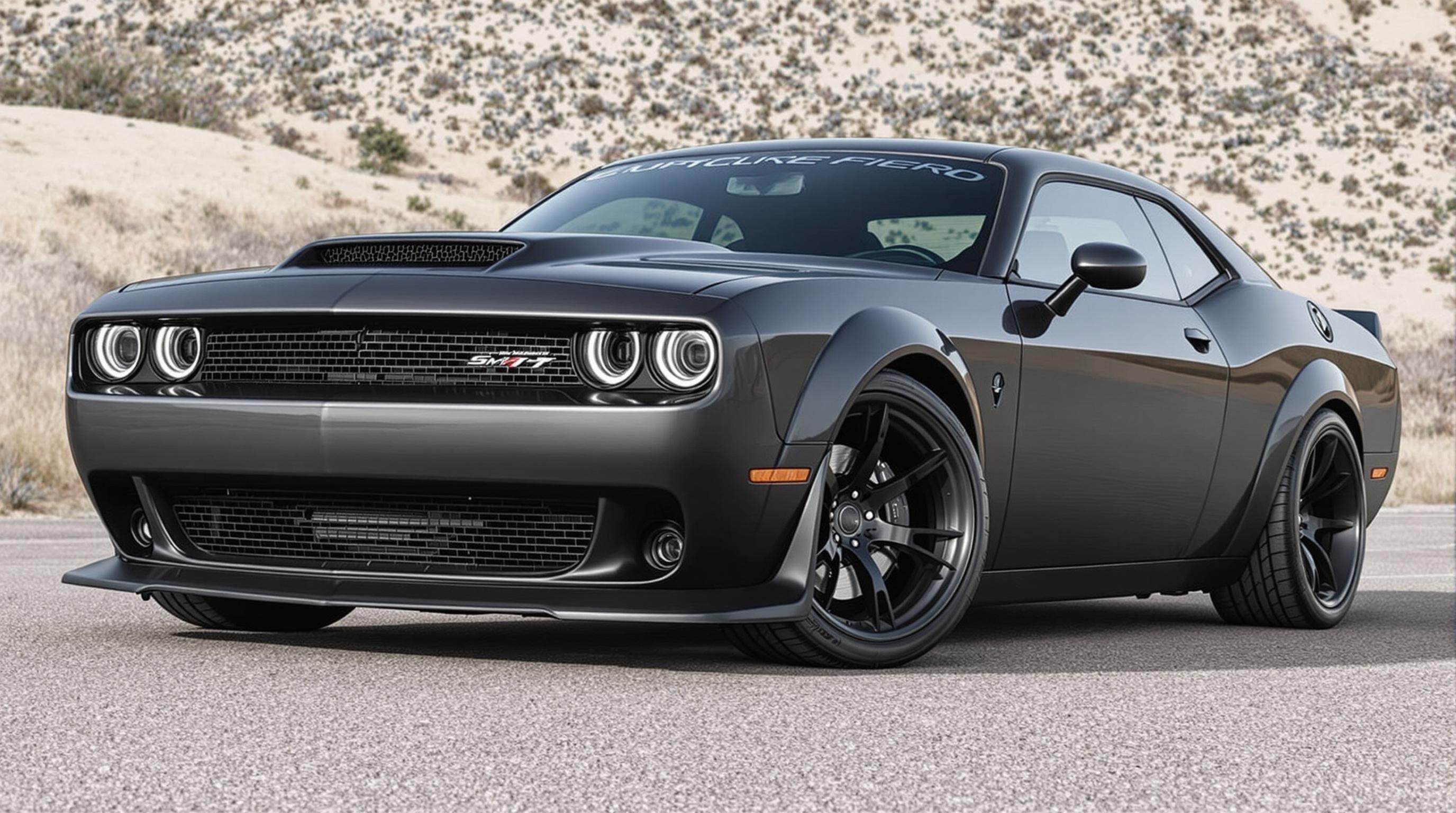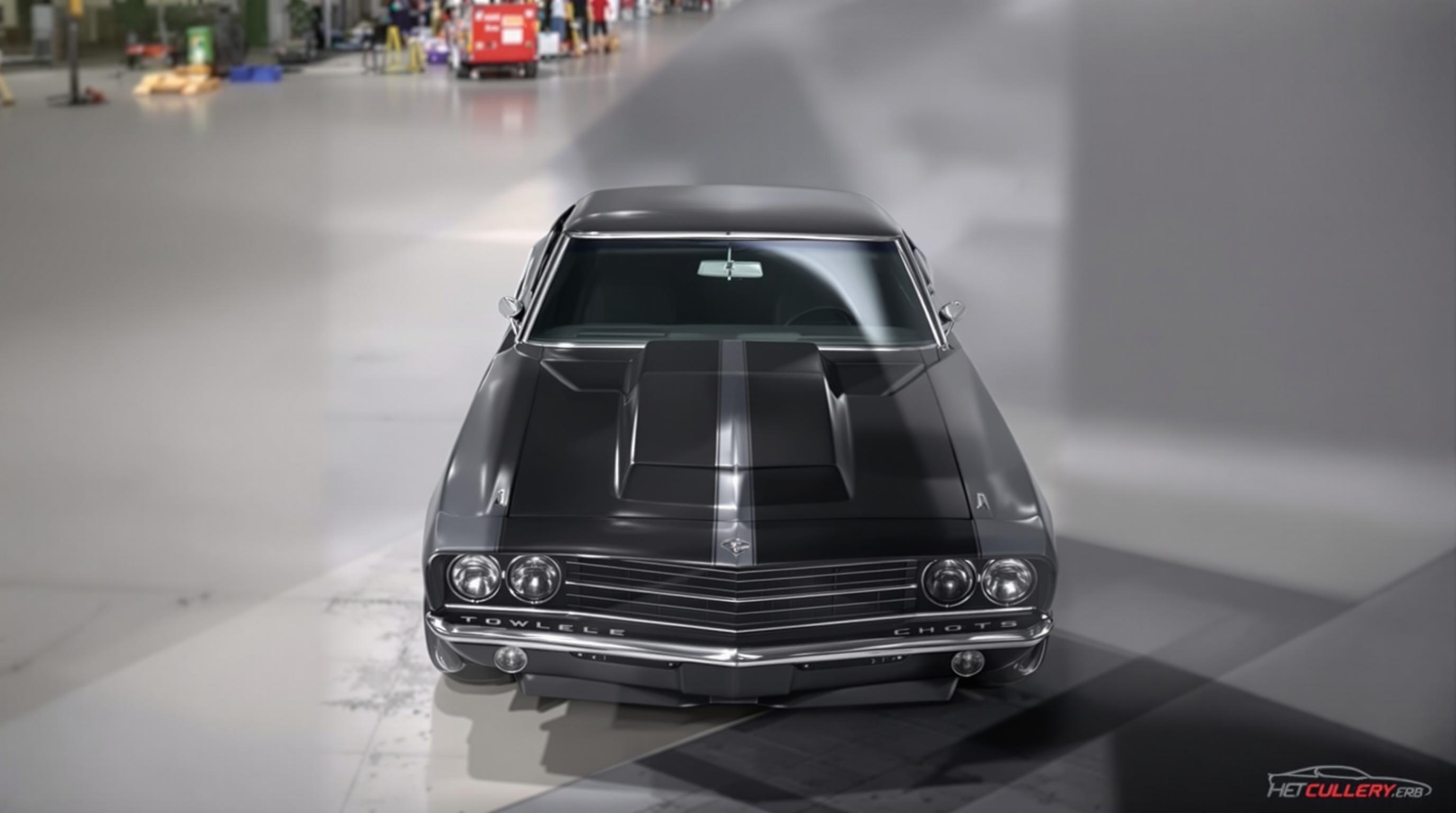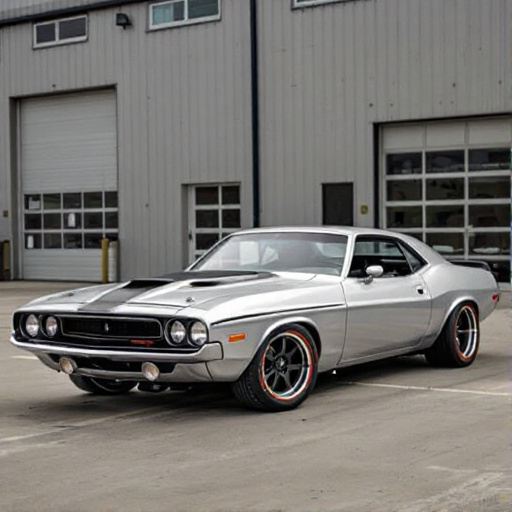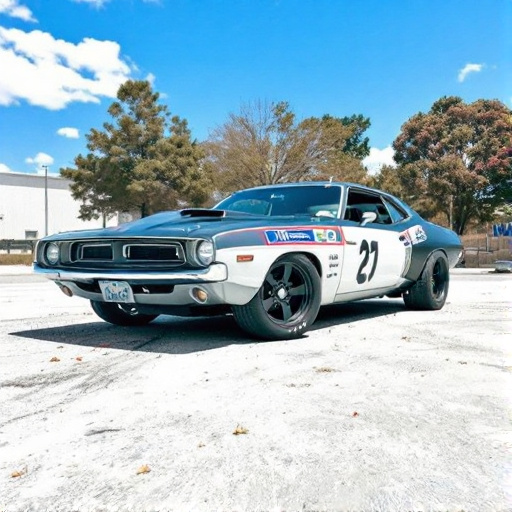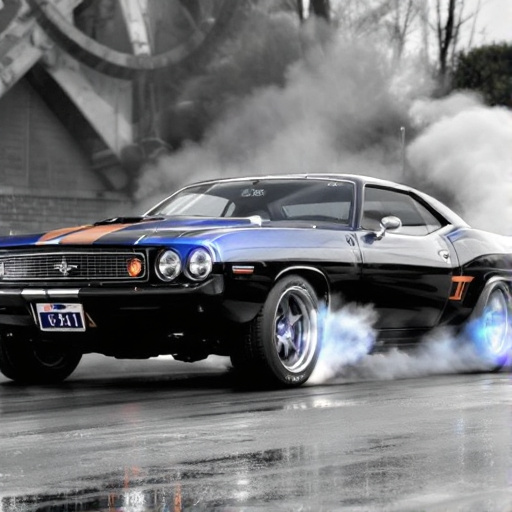Featured Articles
- Reviving the Roar: How Electric Conversions Are Changing the Fate of Classic American Muscle Cars
- Revving Up Nostalgia: How American Muscle Cars Shaped 70s Subculture and Today's Retro Trends
- Revving Up Nostalgia: The Revival of Classic Muscle Car Culture Among Gen Z Enthusiasts
- Revving Up Nostalgia: The Surprising Resurgence of Muscle Cars in Eco-Friendly Customizations
- Revving Up Nostalgia: The Surprising Rise of Vintage Muscle Car Restoration in the Electric Era
The Forgotten Legends: Rediscovering the Women Behind Iconic American Muscle Cars
The Forgotten Legends: Rediscovering the Women Behind Iconic American Muscle Cars
American muscle cars are often portrayed as the products of male ingenuity, but behind the roaring engines and sleek designs stand remarkable women whose innovative contributions have been largely overlooked. This article aims to shed light on the pioneering females in the automotive industry, exploring their stories and the lasting impact they had on iconic American muscle cars like the Ford Mustang and the Chevrolet Camaro.
Unveiling the Past: Women in a Male-Dominated Industry
The history of automotive engineering, like many fields, has often blurred the contributions of women. For instance, years ago, Linda Vaughn was crowned Miss Hurst Golden Shifter, turning the spotlight on her role as an automotive icon. Vaughn's stardom—in a world reserved for male racing drivers—wasn't merely skin-deep; she was a formidable promoter of the Hurst performance products, raising the profile of muscle cars.
Case Study: The Unsung Heroes of Design
Although many might not realize it, women have played substantial roles in designing the muscle cars that have become symbols of American freedom and rebellion. When considering creative design for vehicles like the Dodge Charger or Plymouth Barracuda, we should acknowledge the influence of women like Frances McGowan, who worked for Chrysler in the 1960s. Frances pioneered some of the body styles that define these classic cars today, yet her name barely appears in discussions about automotive history.
The Numbers Tell a Story
According to a study conducted by the Automotive Industry Action Group, women make up only about 25% of the workforce in automotive engineering industries, a stark contrast to the integral roles they played in earlier decades. As of 2020, a mere 7% of mechanical engineering degrees were awarded to women. The glass ceiling hasn't just hindered their professional growth—it's also led to the erasure of their invaluable contributions to the field.
Stories of Passion and Determination
Have you ever pondered the stories behind the cars that once dominated drag strips and highways? Picture this: it’s the late 1960s, and the automotive scene is bustling with innovation. Enter Mary Barra, a young engineer at General Motors, who would later become the company’s CEO. While the spotlight often shone on her as she climbed the corporate ladder, her early career was marked by technical challenges and groundbreaking achievements in the design of a new wave of performance vehicles.
Driving Change: The Shift in Perception
Today, stories of these pioneering women are more salient than ever. At events like the Muscle Car and Corvette Nationals, you can glimpse the increasing recognition women are receiving for their historic contributions. Events like these celebrate not just cars but the diverse voices that helped bring them to life. One might consider joining a local chapter of women’s automotive clubs that champion automotive history; including a focus on female roles in the industry can help spotlight these overlooked legends.
A New Generation of Automotive Enthusiasts
As an 18-year-old writer, I can’t help but be inspired by these stories. With the muscle car resurgence among younger audiences, women can also lead the charge into this roaring revival. There are now various initiatives aimed at engaging young female enthusiasts, promoting STEM education, and ensuring that future generations are aware of the trailblazers who came before them. Efforts, like the Women in Automotive conference, highlight the need for gender diversity in car culture and industrial innovation alike.
Changing the Narrative: 10 Ways to Recognize Women's Contributions
If you’re passionate about muscle cars and want to contribute to changing the narrative surrounding female contributions, consider the following:
- Educate Yourself: Read books and articles about women in the automotive field.
- Support Female Authors: Purchase books written by women in car culture.
- Share Their Stories: Use social media to highlight women's achievements in the industry.
- Visit Exhibitions: Attend shows that feature women’s contributions in car making.
- Build Networks: Connect with women in the automotive industry.
- Participate in Events: Join women’s automotive clubs or organizations.
- Advocate for Change: Support policies that enhance diversity in the automotive workforce.
- Mentor Young Women: Help inspire and guide female students interested in cars.
- Support Diversity in Media: Encourage automotive magazines and channels to cover women’s stories.
- Buy from Female-Owned Businesses: Seek out female-led automotive shops and organizations.
A Humorous Look at Car Culture
We often hear the phrase “girls can’t drive,” but haven’t we all seen our fair share of dads driving their kids in minivans when they clearly have no clue what they’re doing? Imagine if we flipped that narrative—what if the dad was replaced by a mother who mastered a muscle car? Perhaps we should introduce a new series called “Moms in Muscle Cars,” featuring fearless mothers who drift minivans while sharing practical advice on how to parallel park with style—all while engaging in a light-hearted comedic narrative. The lesson here is simple: driving talent knows no gender!
The Road Ahead: Where Do We Go from Here?
The legacy of women in muscle cars continues to grow fuelled by change. With a greater understanding of these remarkable women and their contributions, we’re not just rediscovering history; we’re forging a path toward a more inclusive future in the automotive sector. It’s time for all car lovers—from teens scrolling TikTok to grandparents sharing tales of the past—to acknowledge that the roar of an engine isn't just a male-led symphony; it’s an ensemble that includes brilliant women as well. The more we share these stories, the richer our automotive culture will become.
A Call to Action for Everyone
Let’s challenge traditional narratives and encourage an appreciation for the talent of women in the muscle car movement. They say history is written by the victors, but in our pursuit of truth, we must also remember those who contributed quietly yet significantly. By highlighting the achievements of the women behind iconic muscle cars, we celebrate a legacy that deserves to be known and respected, fostering a new generation of enthusiasts who recognize the diverse tracks that brought us here.
Conclusion: Gearing Up for a Stylish Future
In closing, the loud engines and iconic designs of American muscle cars have more than just a mechanical heritage—they possess a human story enriched by the remarkable women who played vital roles in their making. As we rev up our engines in celebration of this culture, let’s toast to the legacies of Cambridge educated engineers, fearless drag queens, and passionate mothers, proving that there’s always more to the story. Let’s drive forward with a deeper appreciation for the past, ensuring that the contributions of women are no longer forgotten but celebrated and remembered—one horsepower at a time.
